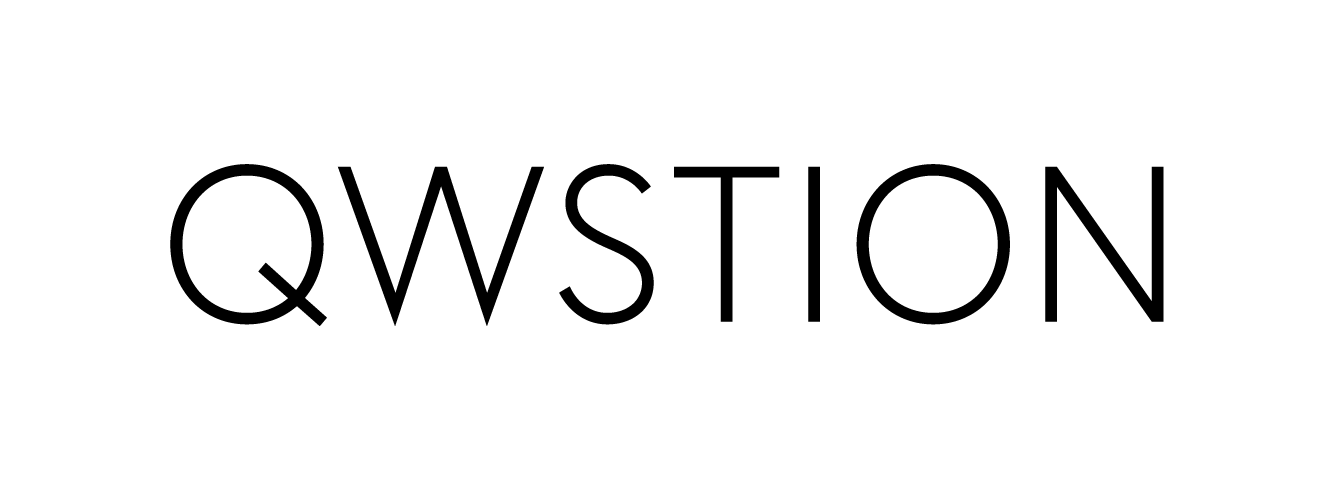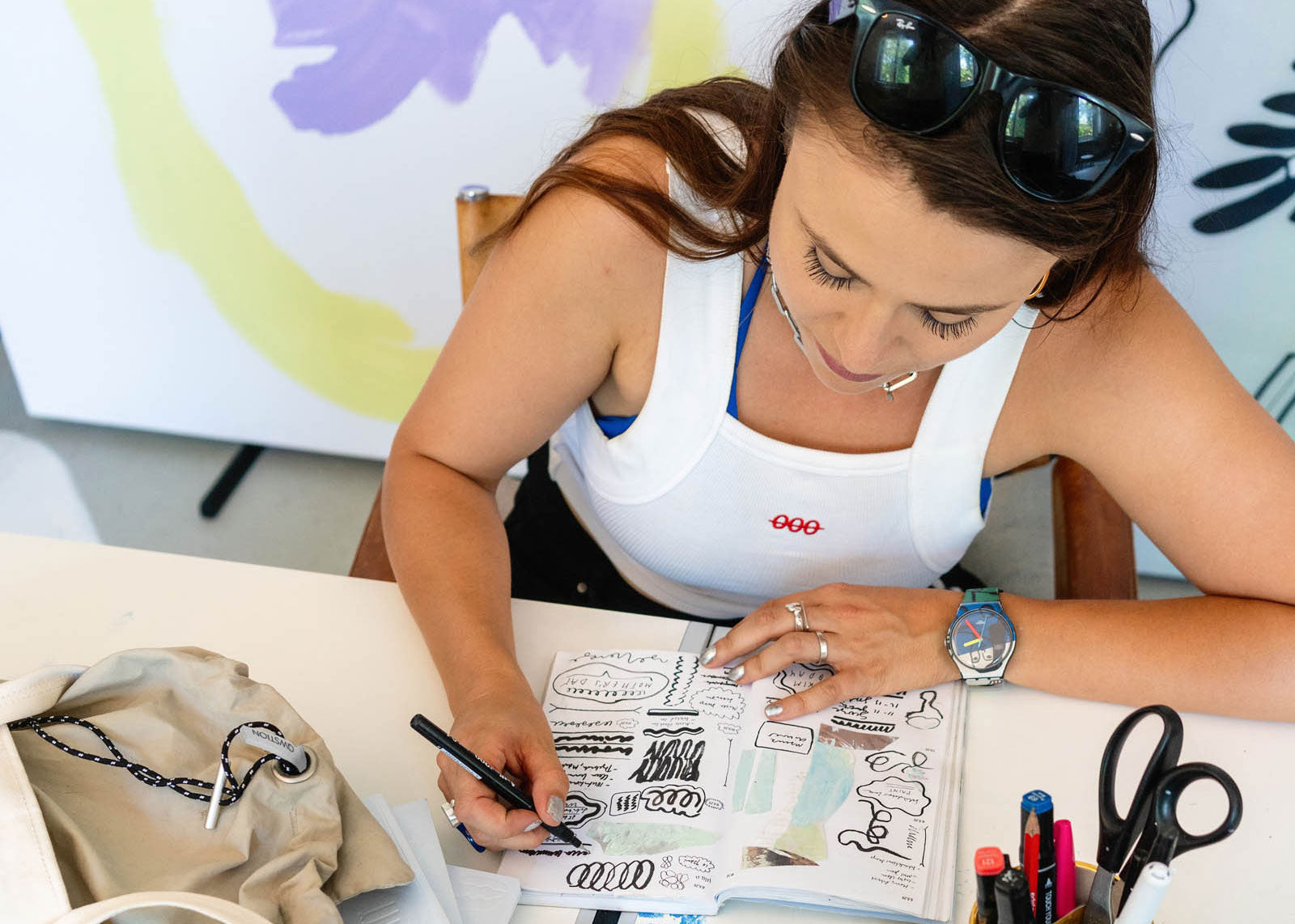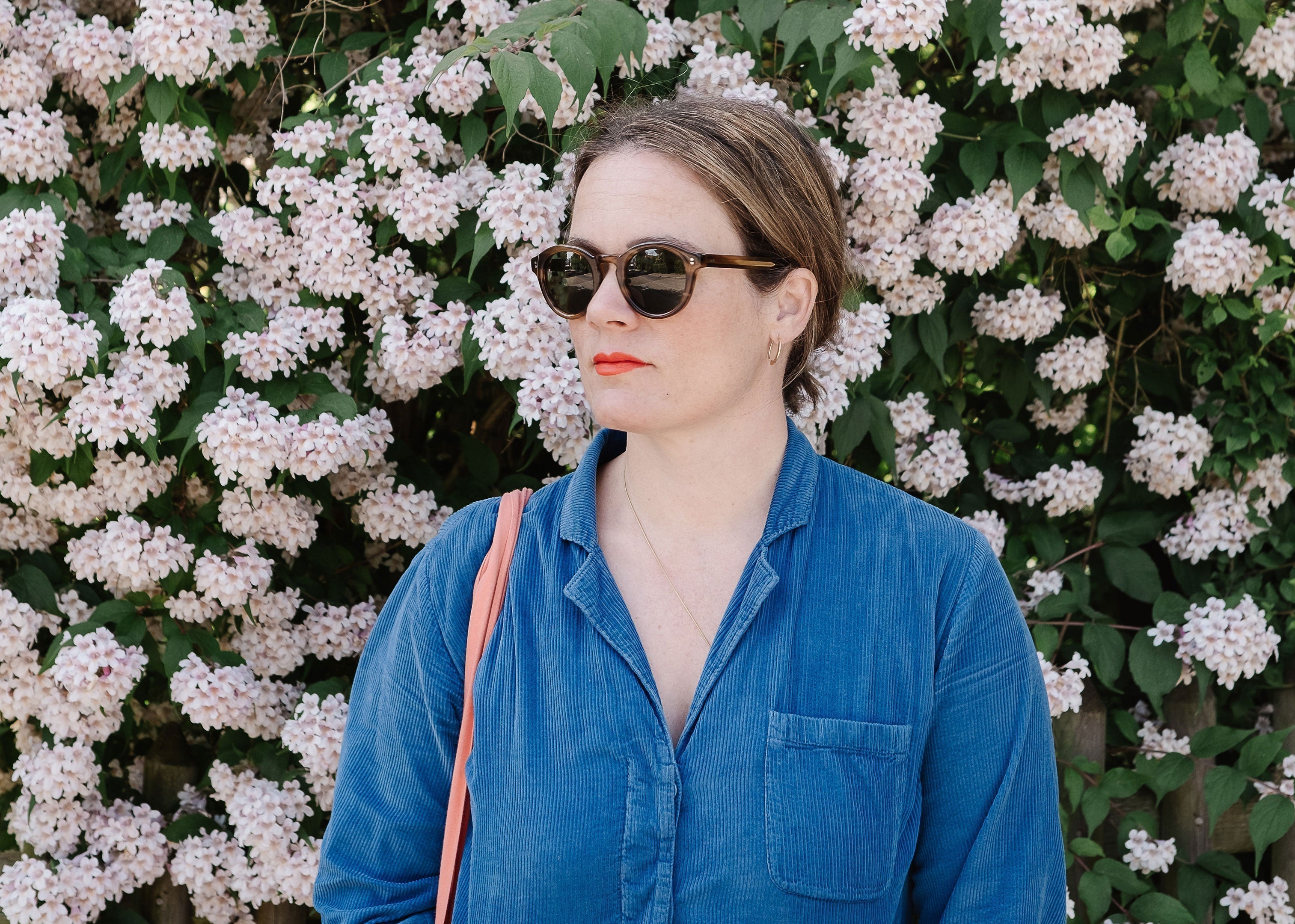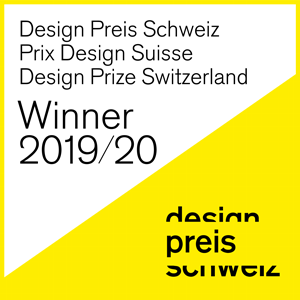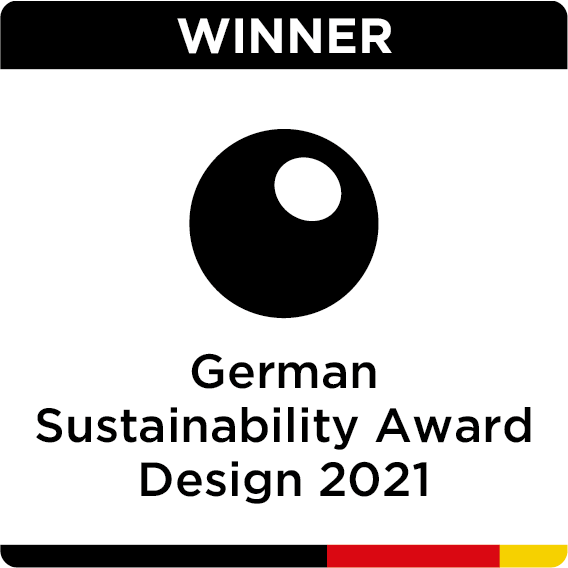What’s your first impression of the service, what comes to mind?
My first impression of ReQWSTION is that it’s a clever and timely service tapping into the growing desire for sustainable, circular consumption. What immediately comes to mind is how it challenges traditional ownership by offering flexible access to quality bags. It feels thoughtful, practical, and eco-conscious, encouraging users to reduce waste and rethink how they consume fashion and accessories.
It also sparks ideas about how sharing and subscription models can reshape industries beyond media, creating new habits that benefit both people and the planet. Overall, it seems like a smart, modern solution for mindful consumers who want style without the clutter or guilt of ownership.
What do you think of the bags that can be accessed?
They are beautiful! In ReQwstion it is beautiful to see how durable the QWSTION materials are. The patina and detailed structure might change a bit, but the quality stays the same.
What would enhance the service – in your opinion?
It would be nice to have many places where I could exchange the products, or probably the easiest would be online.

How do you understand the difference between access and ownership?
What values do you associate with each?
To me, access is about shared possibility – being able to use, experience, or benefit from something without needing to possess it. Ownership, on the other hand, carries a sense of responsibility, care, and sometimes exclusivity. While ownership can create deep personal connection and longevity, access allows for more openness, flexibility, and collective use.
In my own life, I share many things: my home with seven friends, a boat that we co-own collectively, and often studio resources. I truly believe in the power of shared structures to foster community, trust, and sustainable use. This belief often shapes how I work, favoring collaborative models, open formats, and materials or methods that invite participation and connection.
We are curious – how are you currently exploring different ways in your own practice?
Lately, I’ve been exploring slower, more tactile forms of creation, working more with my hands, using analogue techniques, and limiting digital tools to when they really add value. I’m also experimenting with using leftover materials or repurposed objects in my design process, allowing the material itself to guide the outcome. This shift helps me question linear production and encourages a more intuitive, responsive way of creating.

How does beauty of objects change for you when they are pre-loved?
In my view, the beauty of objects often deepens when they’re pre-loved because they carry stories – traces of their past lives and connections to people. Those marks, wear, or even small imperfections give an object character and authenticity that new items sometimes lack.
Pre-loved objects invite us to appreciate impermanence and the passage of time. They become more than just things; they’re vessels of memory and experience. That adds a layer of emotional richness and meaning, transforming the object from something purely functional or decorative into a kind of heirloom or personal artifact.
What does "questioning the norm" mean to you – and how does it manifest in your work?
"Questioning the norm" means staying curious and not taking things at face value –whether it's habits, aesthetics, or systems we live in. In my work, this shows up through the use of unexpected materials, playful forms, and formats that invite people to engage differently with everyday objects or spaces. I’m interested in creating moments that shift perception, open dialogue, or simply make someone pause and see something familiar in a new way.

